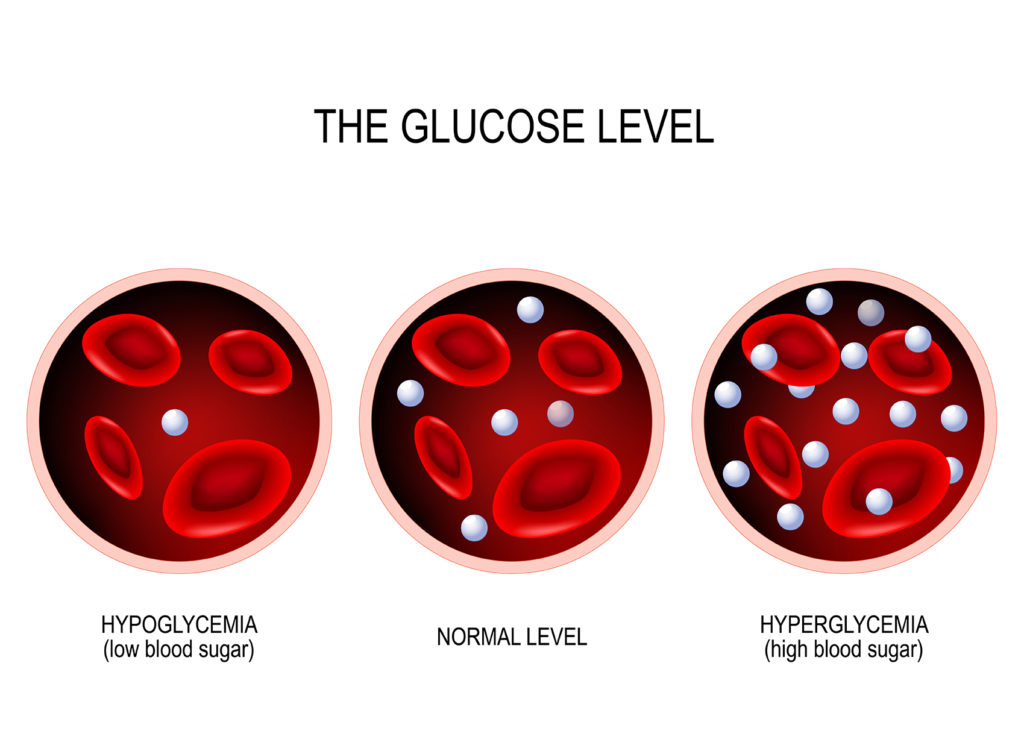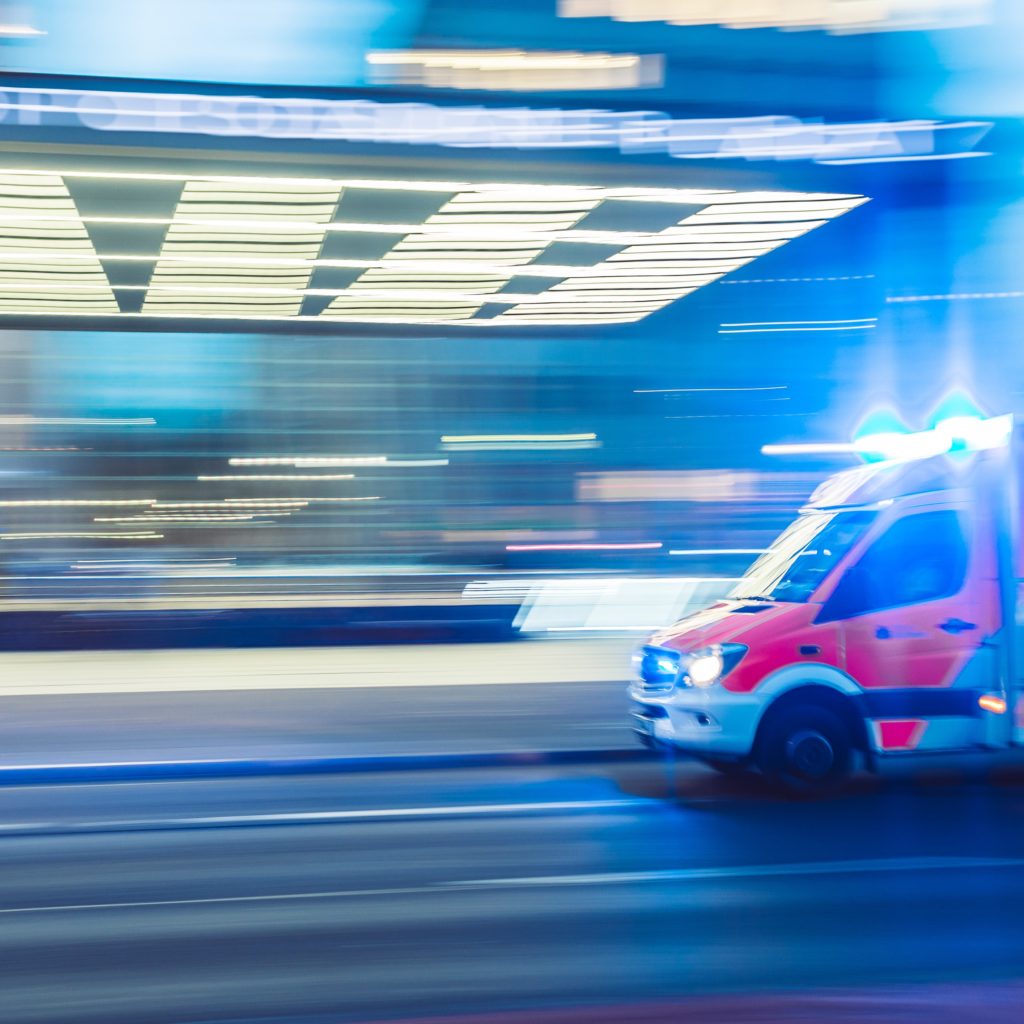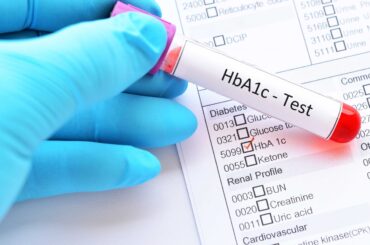Living with diabetes can be difficult. If you are not controlling your diabetes, not only does it lead to long term complications, but also urgent medical emergencies that will require medical attention.
So what are these so-called diabetic emergencies? Here are some diabetic emergencies that you should keep an eye on.
Diabetic ketoacidosis

Diabetic ketoacidosis, or DKA for short, primarily affects people with type 1 diabetes. DKA is a life-threatening condition if gone unattended.
In diabetic ketoacidosis, you will have high levels of glucose in your blood (hyperglycemia), and your body can’t utilize this glucose because of diabetes.
Your body will then break down your fat, to produce ketone bodies which the cells can use for energy instead of glucose.
These ketone bodies are acidic and can reduce your blood Ph to dangerously low levels. And it may even cause electrolyte imbalance.
It is also associated with dehydration due to high blood glucose levels causing increased urine output and loss of water from the body.
The signs and symptoms include,
- Abdominal pain
- Vomiting
- Nausea
- Altered mental state
- Dehydration
- Increased urine output.
If you suspect diabetic ketoacidosis, you should immediately seek medical attention. Where the doctors will rehydrate you, and reduce your blood glucose levels by using insulin.
Hypoglycemic episodes

Episodes of low levels of blood sugar are common with patients using insulin and some oral hypoglycemic drugs.
Severe hypoglycemia can be a life-threatening condition. Your brain requires glucose to function, and if hypoglycemia is not corrected quickly it can lead to coma and even death.
Some of the common symptoms of hypoglycemia include
- Sweating
- Jitteriness
- Hunger
- Dizziness,
- And when severe, loss of consciousness.
If you are on insulin, make sure to keep an eye on these symptoms. If someone develops hypoglycemia, make sure to eat something sugary, that will quickly bring back your blood sugar levels to normal levels.
And if someone lost consciousness because of hypoglycemia, that requires early medical intervention, and correction, to prevent brain damage.
Later your doctors may adjust your medications and insulin levels to prevent future episodes.
Hyperglycemic hyperosmolar syndrome
Hyperglycemic hyperosmolar syndrome is a diabetic emergency common with people with type 2 diabetes.
It is due to very high blood glucose levels, usually more than 600 mg/dl, with no ketoacidosis. It is also common in elderly patients with diabetes, or with any ongoing infections.
The signs and symptoms include dehydration,
- Altered levels of consciousness
- Nausea
- Vomiting
- Blurred vision
- Low blood pressure.
You will require hospital admission, and the doctors will bring down your blood glucose levels by using insulin and rehydrate you using intravenous fluids. You will require 2-3 days of hospital stay until your sugar levels are under control.
Always be prepared for an emergency, let your friends and relative know that you have diabetes, and let them know who to contact if there is such an emergency.
Having good control of your diabetes, with good dietary and lifestyle modifications, will help to avoid these diabetic emergencies.





1 Comment
Pingback: How To Live With Diabetes During The Corona Pandemic - Go Grub It